 Certain symbols abound in modern Western culture that are instantly recognizable: the cross signifies Christianity, the six-pointed Star of David is revered by Jews, the golden arches frequently means it's time for lunch. Other symbols, however, require a bit of decoding-particularly those found in cemeteries.  Collection of detailed photographic images showing the human body from an anatomical viewpoint. Please be aware photograph are graphic in nature.  Synopsis Traditionally read in the presence of a dead or dying person, the Tibetan Book of the Dead has had a profound influence on Western culture-it is arguably the most influential and best known of Tibetan Buddhist writings. The text instructs the recently deceased on how to negotiate the forty-nine day period after death-and before rebirth-a time filled with visions of both serene and terrifying deities. During this "bardo" period, individuals must recognize that these visions are nothing more than the inventions of their own minds. By awakening to this realization, fear can be vanquished. But it is not just a book for the dead; it is also an instruction manual on how to live, and is as relevant today as whenit was written in the eighth century. This edition is lushly illustrated with Buddhist art and images that bring the work dramatically to life. Library Journal Evans-Wentz, an Oxford professor, produced a number of original studies on Tibetan Buddhism from the 1930s to the 1960s, which went through several editions. Oxford here resurrects four of these works, which now include new forewords and afterwords by scholar Donald S. Lopez who also analyzes the earlier editions. More for academic collections. Copyright 2000 Cahners Business Information. Biography W. Y. Evans-Wentz (1878-1965), formerly of Jesus College, Oxford, studied occult doctrines extensively in India during the early years of the twentieth century. His tetralogy of works on yoga is a pioneering achievement that contributed to the introduction of Tibetan Buddhism in the West. Gregory Hillis received his Ph.D. in Tibetan Studies from the University of Virginia, where he co-curated an exhibition on the Tibetan Book of the Dead. Presently he is a lecturer in Tibetan and Sanskrit in the Department of Religious Studies at the University of California, Santa Barbara. A former Fulbright Fellow, he has lived and studied extensively with traditional scholars in Asia. 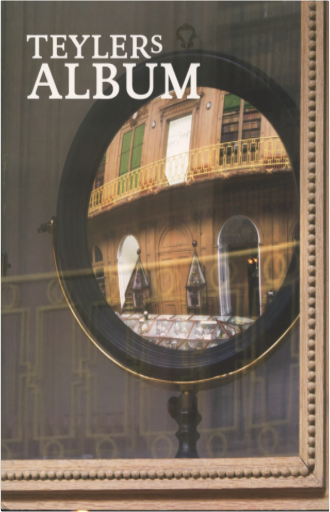 Teylers Museum (Dutch pronunciation: [ˈtɛi̯lərs myˈzeːjʏm]) is an art, natural history, and science museum in Haarlem,Netherlands. Established in 1778, Teylers Museum was originally founded as a centre for contemporary art and science.The historic centre of the museum is the neoclassical Oval Room (1784), which was built behind the house ofPieter Teyler van der Hulst (1702–1778), the so-called Fundatiehuis (Foundation House). Pieter Teyler was a wealthy cloth merchant and banker of Scottish descent, who bequeathed his fortune for the advancement of religion, art, and science. He was a Mennonite and follower of the Scottish Enlightenment. |  Lavishly illustrated anatomy books have long been prized by artists, physicians, and other educated readers. Human Anatomy is the first authoritative history of anatomical illustration to include the most recent scientific discoveries and digital imagery. The book includes concise biographies of the great anatomists of history, as well as superb reproductions of anatomical renderings by Leonardo da Vinci, Vesalius, and many others, showing how science and art worked harmoniously to disseminate an evolving understanding of the human mechanism and how it operates. Spanning five centuries, Human Anatomy is an invaluable addition to the libraries of artists, doctors, and general science readers everywhere. 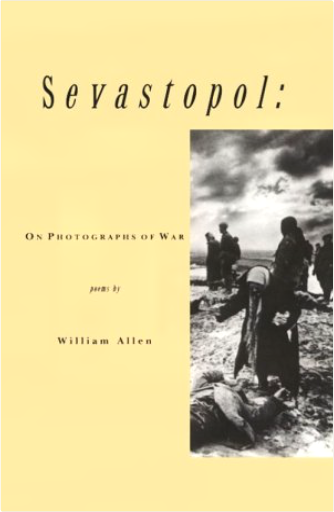 Poetic responses to 42 photographs taken from 1854 to 1997, mostly in times of war. The reader looks at the photo on the left page and measures the author's response on the right, meanwhile living through trying moments of history.  A staple of American popular culture during the nineteenth and early twentieth centuries, the freak show seemed to vanish after the Second World War. But as Rachel Adams reveals in Sideshow U.S.A., images of the freak show, with its combination of the grotesque, the horrific, and the amusing, stubbornly reappeared in literature and the arts. Freak shows, she contends, have survived because of their capacity for reinvention. Empty of any inherent meaning, the freak's body becomes a stage for playing out some of the twentieth century's most pressing social and political concerns, from debates about race, empire, and immigration, to anxiety about gender, and controversies over taste and public standards of decency. 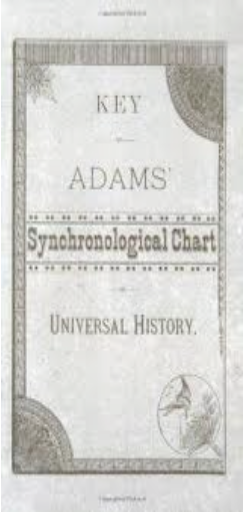 The foldout chart features detailed, full-color drawings of various stages of history, from Adam and Eve to the late 19th century, with handwritten commentary throughout. Perfect for educational settings or Sunday school walls, it includes the descriptive booklet that was originally published with the chart. Follows James Ussher's time-line from The Annals of the World, the inspiration for Adam's monumental work. 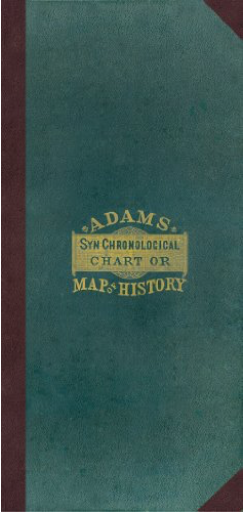 The foldout chart features detailed, full-color drawings of various stages of history, from Adam and Eve to the late 19th century, with handwritten commentary throughout. Perfect for educational settings or Sunday school walls, it includes the descriptive booklet that was originally published with the chart. Follows James Ussher's time-line from The Annals of the World, the inspiration for Adam's monumental work. |

Morbid Anatomy Museum
Collection Total:
1,253 Items
1,253 Items
Last Updated:
Jan 26, 2016
Jan 26, 2016

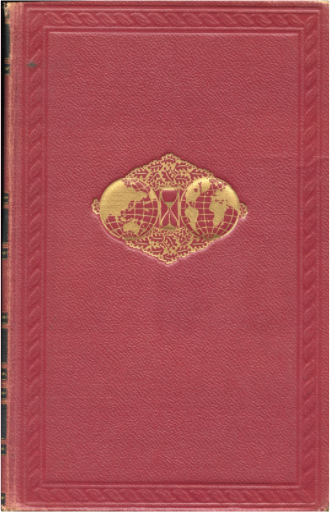

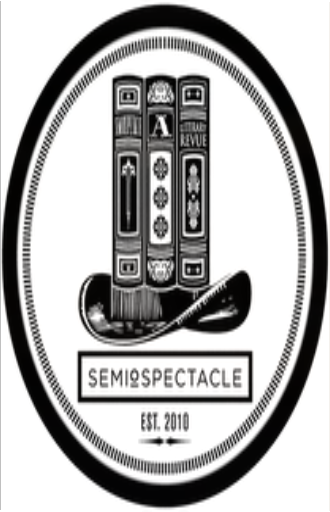


 Made with Delicious Library
Made with Delicious Library